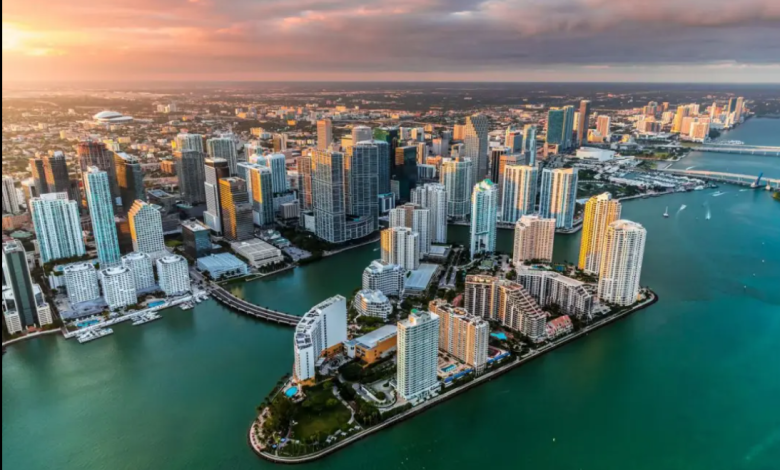News
What’s the Time Difference Between Shanghai and Florida?

1. Understanding the Time Zones
Shanghai’s Time Zone
Shanghai operates on China Standard Time (CST), which is:
- UTC+8 (Coordinated Universal Time + 8 hours)
- No daylight saving adjustments (China does not observe DST)
This means Shanghai’s time remains constant year-round.
Florida’s Time Zone
Florida spans two time zones, depending on the region:
- Eastern Time (ET): Most of Florida, including Miami, Orlando, and Tampa
- Standard Time (EST): UTC-5
- Daylight Saving Time (EDT): UTC-4 (from March to November)
- Central Time (CT): The western Florida Panhandle (e.g., Pensacola)
- Standard Time (CST): UTC-6
- Daylight Saving Time (CDT): UTC-5 (from March to November)
For simplicity, this article focuses on Eastern Time (ET), as it covers most of Florida’s major cities.
2. Time Difference Between Shanghai and Florida
The time difference between Shanghai (CST, UTC+8) and Florida (ET, UTC-5/-4) changes based on whether Florida is observing standard time or daylight saving time.
| Florida’s Time Period | Time Zone | Time Difference (Shanghai Ahead) |
|---|---|---|
| November – March (EST) | UTC-5 | +13 hours |
| March – November (EDT) | UTC-4 | +12 hours |
Examples:
- When it’s 12:00 PM (noon) in Miami (EDT, summer), it’s 12:00 AM (midnight) in Shanghai the next day.
- When it’s 12:00 PM (noon) in Miami (EST, winter), it’s 1:00 AM in Shanghai the next day.
Note: The Florida Panhandle (Central Time) is 1 hour behind ET, so the difference would be +13/+14 hours instead.
3. How Daylight Saving Time Affects the Difference
Since China does not observe DST, while most of Florida does, the time gap shifts twice a year:
- March (Florida “springs forward”): The difference decreases from +13 hours to +12 hours.
- November (Florida “falls back”): The difference increases from +12 hours to +13 hours.
Pro Tip: To remember the direction of change:
- When the U.S. moves clocks forward (March), the time difference shrinks by 1 hour.
- When the U.S. moves clocks back (November), the time difference grows by 1 hour.
4. Practical Implications for Communication & Travel
A. Scheduling Calls or Virtual Meetings
- Best overlap hours (Florida morning ↔ Shanghai evening):
- 8:00 AM – 10:00 AM (Florida EDT) = 8:00 PM – 10:00 PM (Shanghai)
- 7:00 AM – 9:00 AM (Florida EST) = 8:00 PM – 10:00 PM (Shanghai)
- Avoid late-night calls for Florida or early-morning calls for Shanghai.
B. Flight Planning
- A nonstop flight from Shanghai to Miami takes ~16–18 hours.
- Due to the time difference, you may experience jet lag.
- Shanghai → Florida: You “lose” time (arrive earlier on the same day).
- Florida → Shanghai: You “gain” time (arrive a day later).
C. Business Hours Overlap
- Shanghai workday (9:00 AM – 6:00 PM CST) = 8:00 PM – 5:00 AM ET (EDT)
- Florida workday (9:00 AM – 5:00 PM ET) = 9:00 PM – 5:00 AM CST
- Only a small window exists for real-time communication.
5. Tools to Track the Time Difference
- World Clock Apps (e.g., Time Zone Converter, World Time Buddy)
- Google Search: “Time in Shanghai vs Miami”
- Smartphone World Clock Feature
6. Fun Facts About Time Zones
- China uses a single time zone (CST) nationwide, even though geographically it could span five.
- Florida is the only U.S. state split between Eastern and Central Time.
- Shanghai is 12–13 hours ahead of Florida but 15–16 hours ahead of Hawaii.




